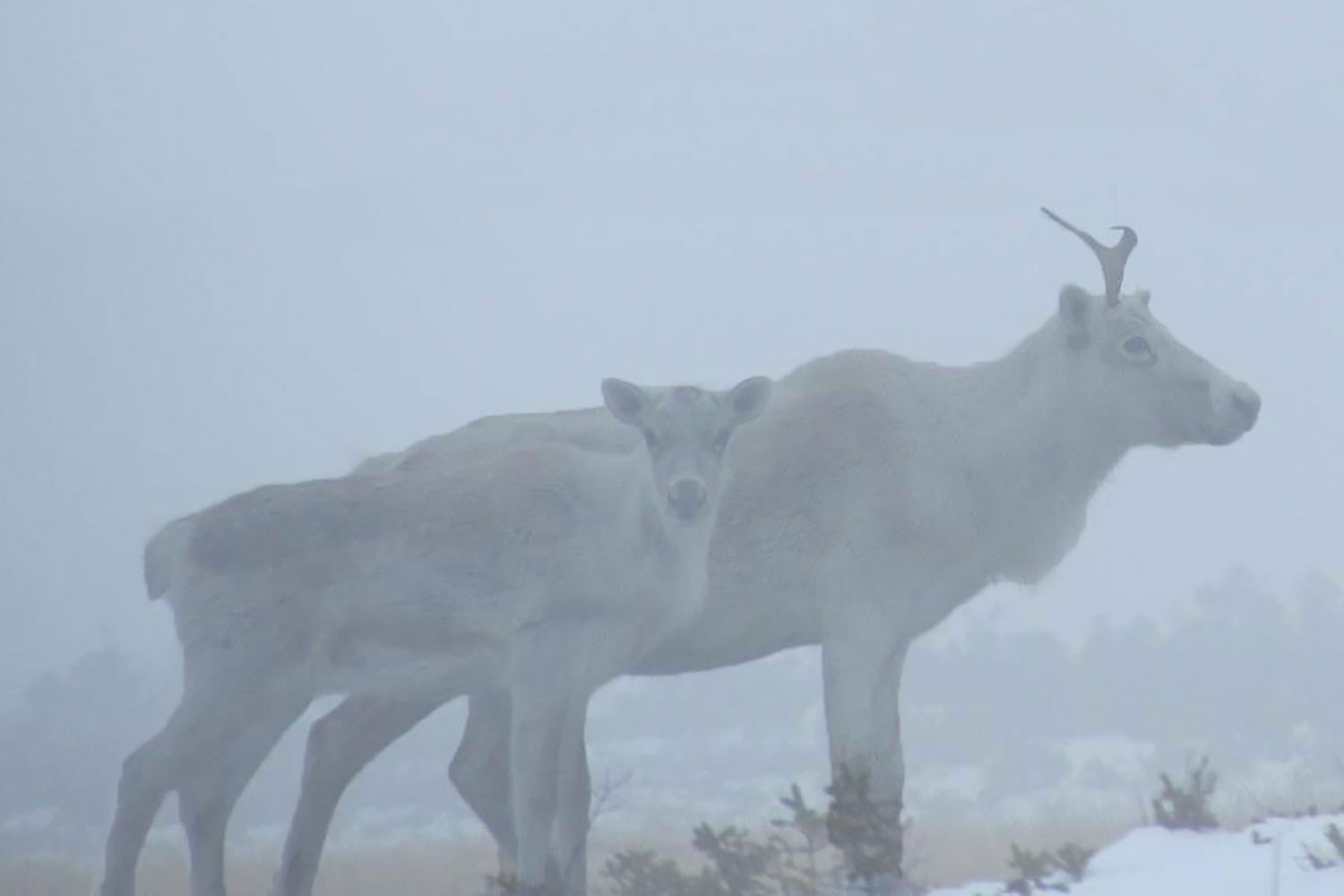Executive Summary
We used GPS telemetry location data from 63 adult caribou and 6 adult wolves to build spatially explicit resource selection function (RSF) rasters. These RSF rasters describe the within-home-range habitat selection (3rd order) of caribou and wolves in the interprovincial Chinchaga caribou range in British Columbia and Alberta. We based these RSFs on models that had been previously developed for the Alberta portion of the Chinchaga caribou range; refining the models further by dividing roads into separate categories (high-use roads, low-use roads, and winter roads), as well as including pipelines, and cutblocks. In addition to anthropogenic disturbances, we included covariates related to habitat and terrain that are known to influence the spatial distribution of caribou and wolves (e.g. elevation, topographic indices, canopy closure, tree species composition, and distance to water). We built seasonal RSF models (Caribou: spring, summer, fall, early winter, late winter; Wolves: denning, rendezvous, nomadic) to account for dynamics in habitat selection for both species throughout the year.
Caribou consistently selected for open canopy conifer forests and avoided areas with higher densities of high-use roads and cutblocks during all seasons. These results are similar to those previously reported in the Alberta portion of Chinchaga range, and within other boreal caribou herds. Wolves selected for areas close to streams and rivers during all seasons, and also selected areas with higher densities of anthropogenic features during the denning and rendezvous seasons (spring and summer). During the nomadic season (winter) wolves selected areas with higher densities of high-use roads, pipelines, and cutblocks, but avoided areas with higher densities of low-use roads and winter roads. Although these results are consistent with other studies that assessed habitat selection by wolves in the boreal forest, the dynamics in selection for high densities of anthropogenic features warrants further study because multiple hypotheses that were outside of the scope of this analysis could explain the observed results (i.e. seasonal changes in ease of travel on linear features due to snow packing, and dynamics in human traffic). According to k-fold cross validation, caribou and wolf RSF models had high predictive capability. The resulting RSF rasters can be used to identify important areas for caribou based on their relative probability of selection, and their potential overlap with wolves. This analysis provides insight into how caribou and wolves use the landscape, and the spatial RSF products will contribute to the ongoing objectives of this project that aims to understand wolf and caribou response to anthropogenic disturbance at different stages of development in the Chinchaga range. Furthermore, the RSFs are readily available to aid land managers in future decision making processes regarding caribou habitat restoration for the recovery of woodland caribou in Chinchaga.
Get the full report here.







